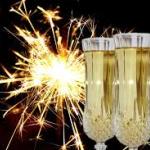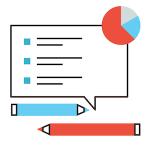Pollsters have taken a beating the last few years. Getting Brexit and the 2016 U.S. presidential election wrong were spectacular failures that shook the public's faith in prediction models.
polls
Yes, it's time for those end of the year inquiries into people's thoughts and plans, and the Marist Poll, run by the Marist College Institute for Public Op
The statement, "Statistics isn't science," is about as banal as, "The sky is blue," or, "Puppies are cute." Anyone remotely familiar with the scientific method understands that, just like a ruler or a telescope, statistics is a tool.
Every four years, Americans become obsessed with The Polls. What do the polls say? Have the polls shifted? Which presidential candidate is up, and which is down?






